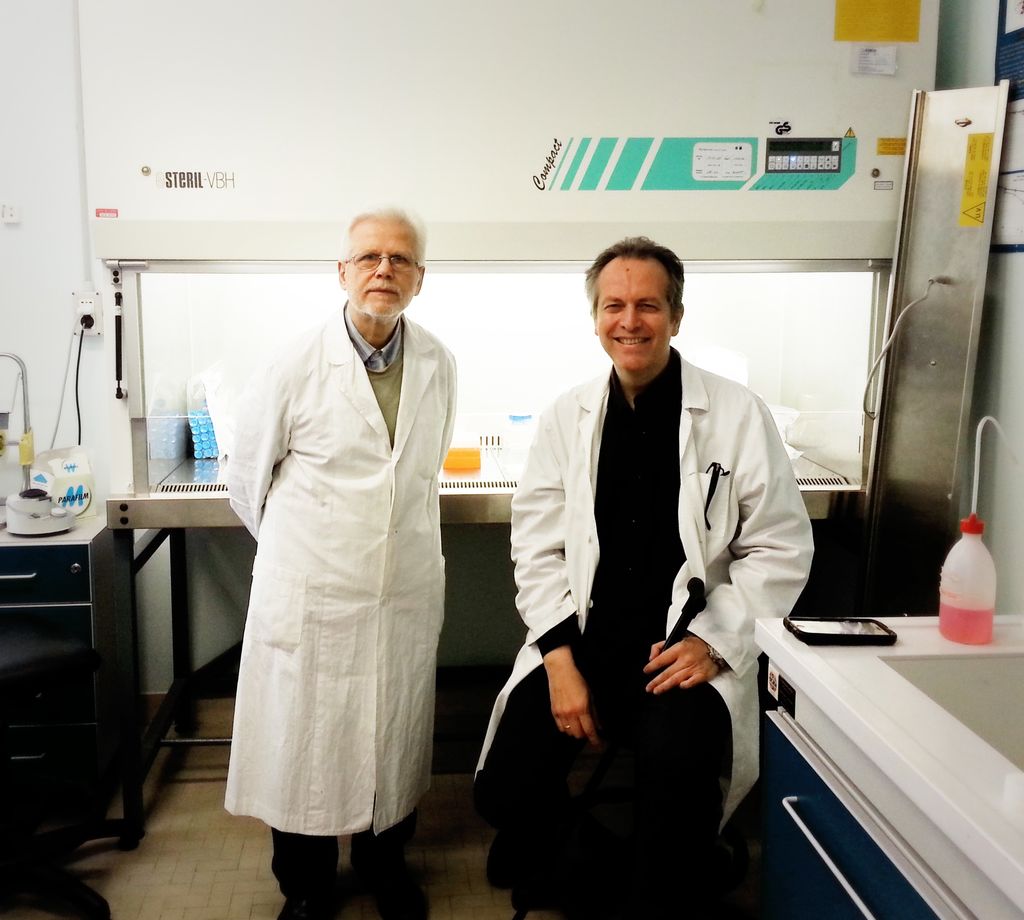
Multiple Sclerosis and Circadian Clock: Possible Link Discovered for the Onset of the Disease
Numerous epidemiological studies have proven the existence of unique variations in the geographical distribution of the prevalence of multiple sclerosis (MS): it has now been established that as the latitude increases, the predominance of this autoimmune disease increases, too. However, the cause of this lack of homogeneity has remained unknown to date.
The new study, coordinated by Enzo Agostinelli of the Department of Biochemical Sciences "A. Rossi Fanelli", identifies the main factor involved in the circadian clock and proposes an etiological model of the disease (which also considers the causes) consistent with this geographical factor, and with other parameters such as ethnic, sex or lifestyle changes. The results of the research were published in the journal Amino Acids by Springer-Verlag GmbH.
"The fundamental assumption, which led to the development of the new paradigm," explains Enzo Agostinelli, "is that by increasing the latitude, the continuous and increasing diversity of the light-dark alternation of days desynchronises central and peripheral circadian clocks. This alteration in turn can compromise the body's immune system, triggering autoimmunity and multiple sclerosis."
The main characteristic of circadian clocks is the ability to respond and synchronize with external environmental stimuli called "zeitgebers" (from German, zeit = time, geber = which gives), first of all light and therefore light-dark alternation, but also temperature, food and some social signals such as changes in the sleep-wake rhythm (jet-lag, summer time, night work).
In support of their thesis, the researchers highlighted a prevalence of multiple sclerosis 6.35 times higher in the presence of an additional circadian disorder factor, identified in summer time in countries located at the same latitude.
"We have seen," says Francesco Gasperoni of the Department of Biochemical Sciences and the first name of the study, "that the presence of light at night, combined with other factors related to lifestyle, greatly intensifies the negative effects. These results confirm the dysfunction of the circadian rhythm underlying the etiopathology of multiple sclerosis."
A further validation comes from the observation of polyamines, small organic molecules that, among the various roles, participate in the regulation of the circadian clock, so that their sudden variation could desynchronize it.
This research, supported by Sapienza and the International Polyamines Foundation ONLUS, is part of the study of a new therapeutic application which involves the use of polyamines in the prevention of neurodegenerative and oncological processes.
"Considering that in people suffering from autoimmune diseases polyamines are present in very high concentrations," Agostinelli concludes, "these could be considered a further new target for the development of new therapeutic perspectives for the battle against multiple sclerosis."
References:
A novel comprehensive paradigm for the etiopathogenesis of multiple sclerosis: therapeutic approaches and future perspectives on its treatment - Gasperoni, F., Turini, P., & Agostinelli, E. - Amino acids 2019, 1-15. DOI: 10.1007/s00726-019-02718-1
Further Information
Enzo Agostinelli
Department of Biochemical Sciences "A. Rossi Fanelli", Sapienza University of Rome
enzo.agostinelli@uniroma1.it
